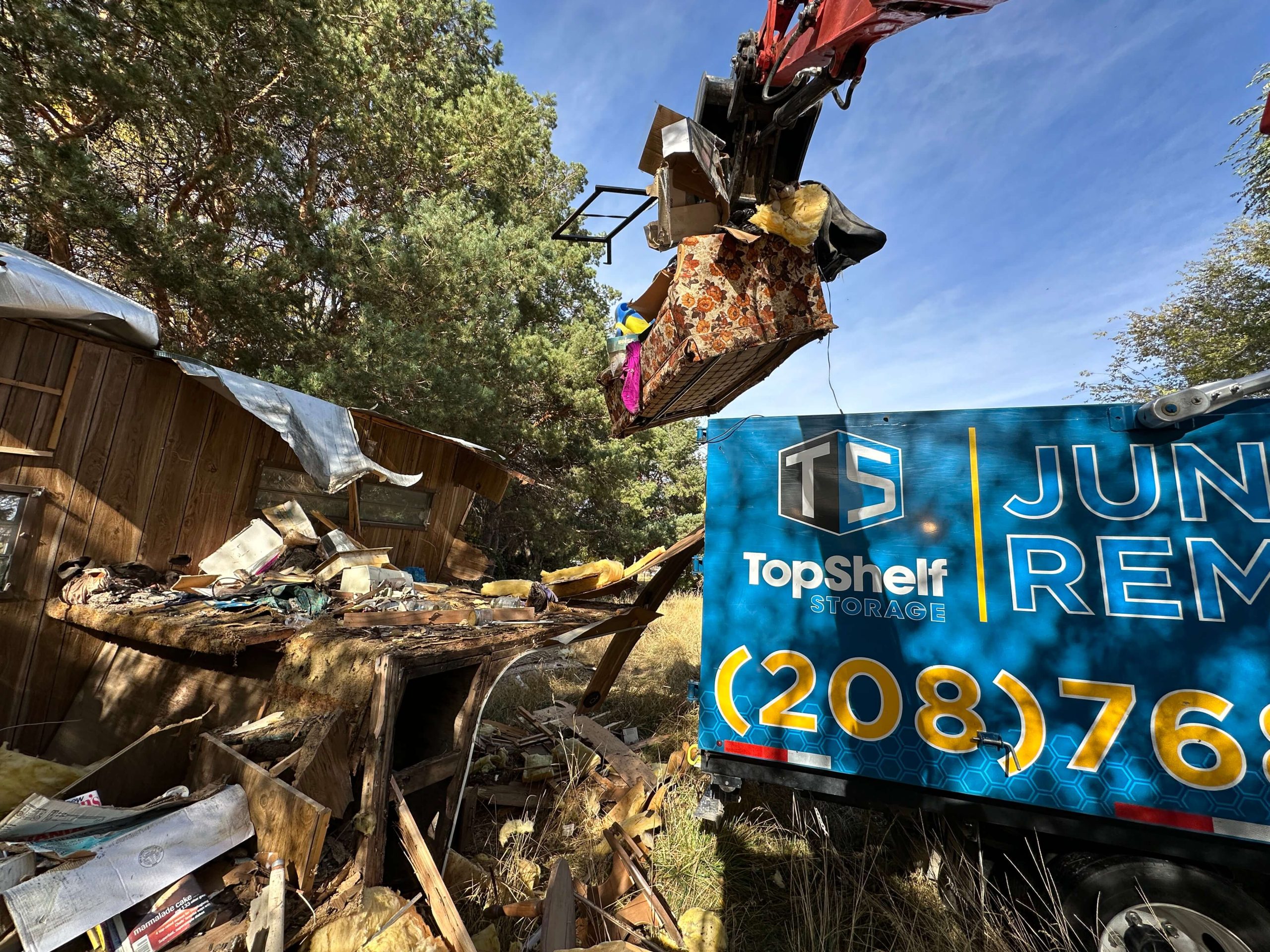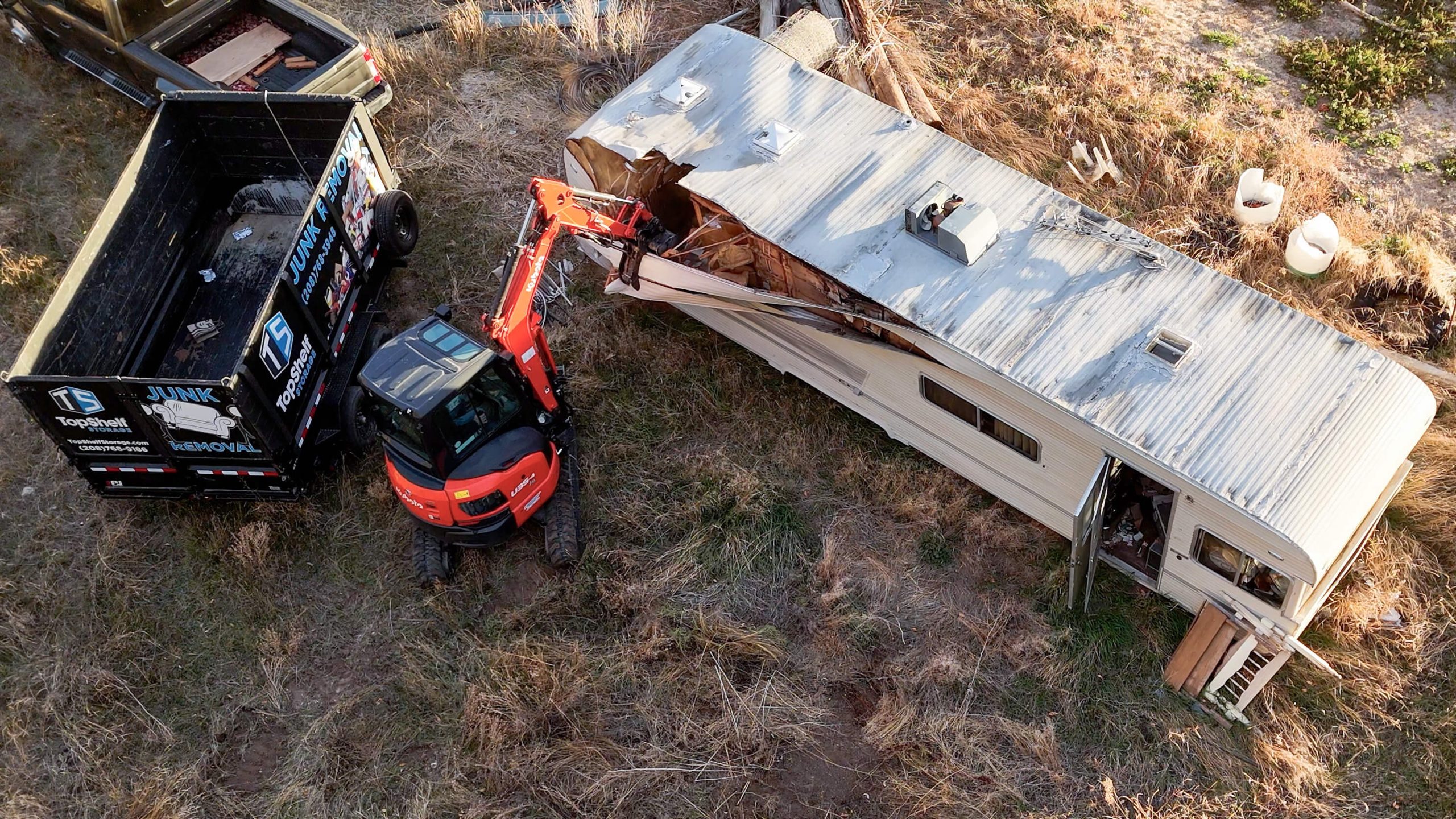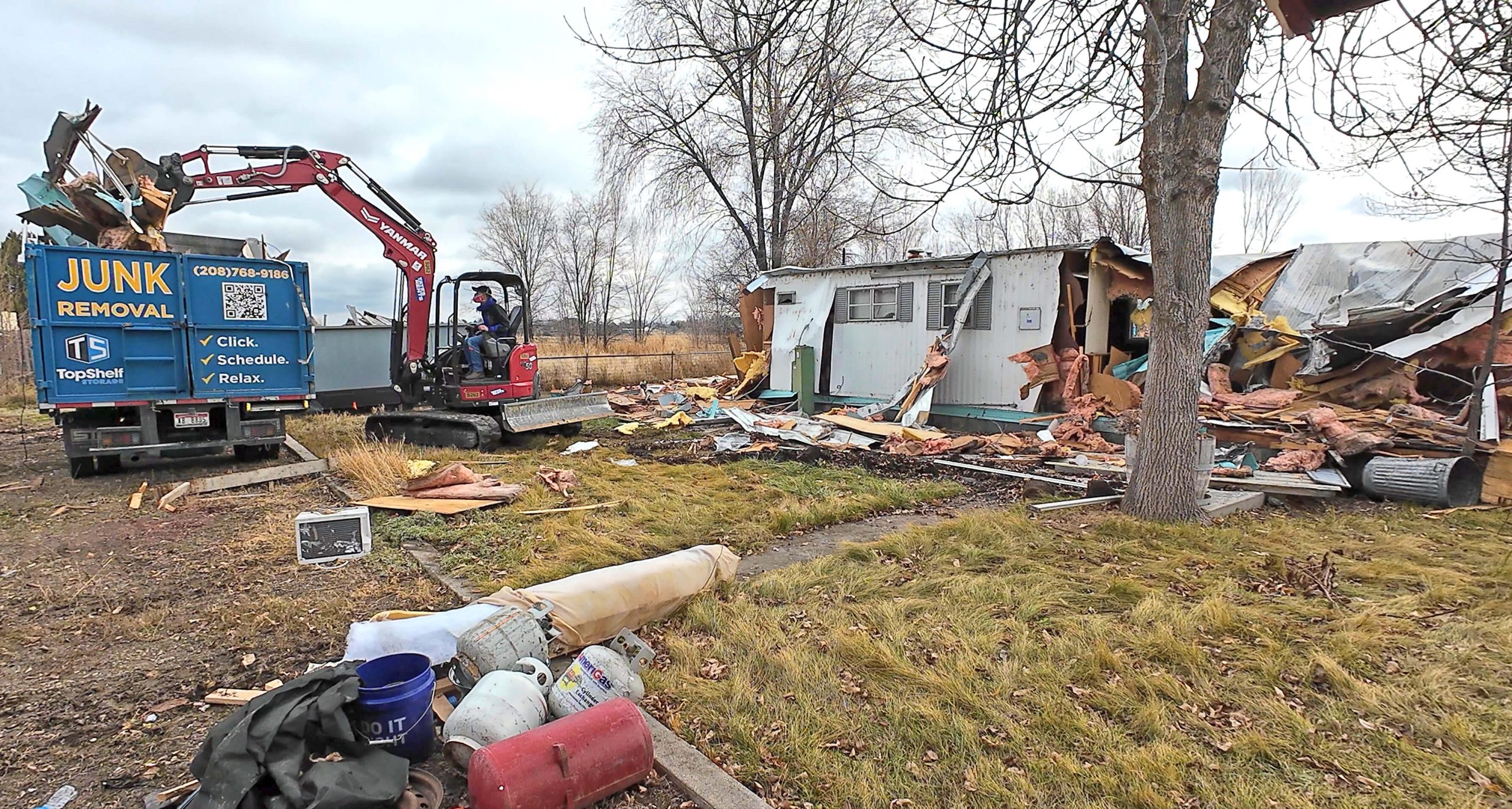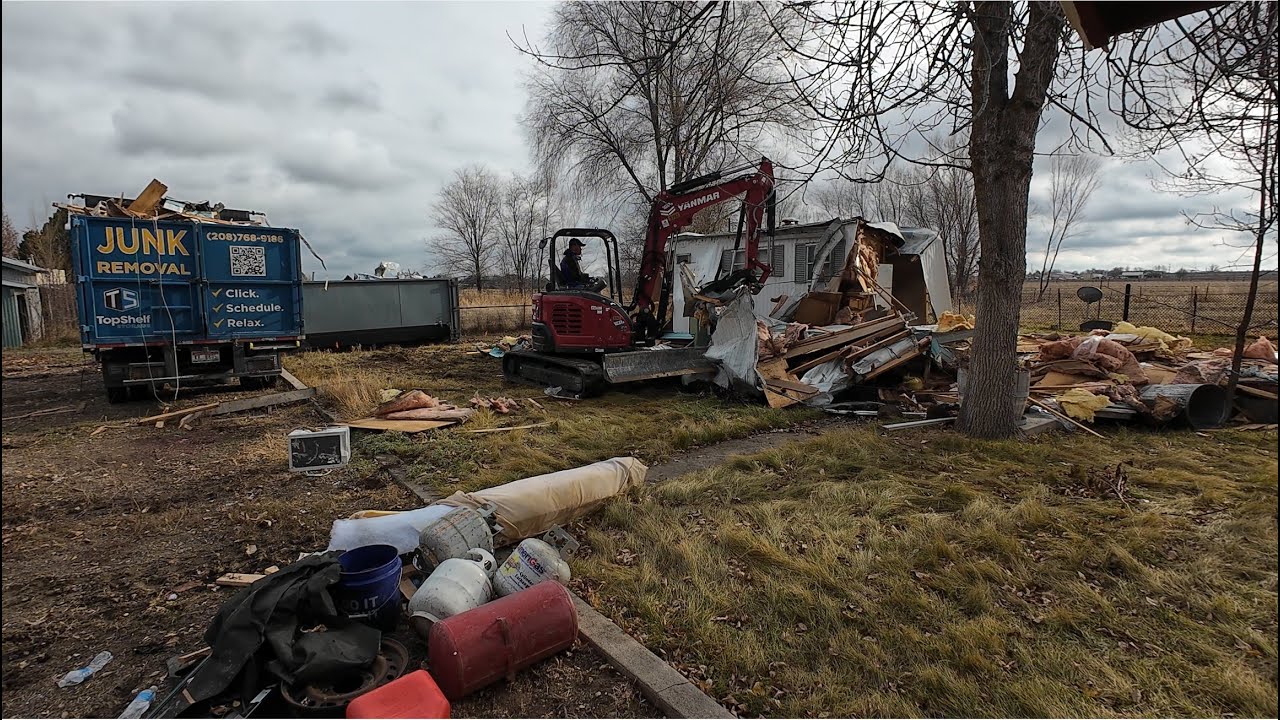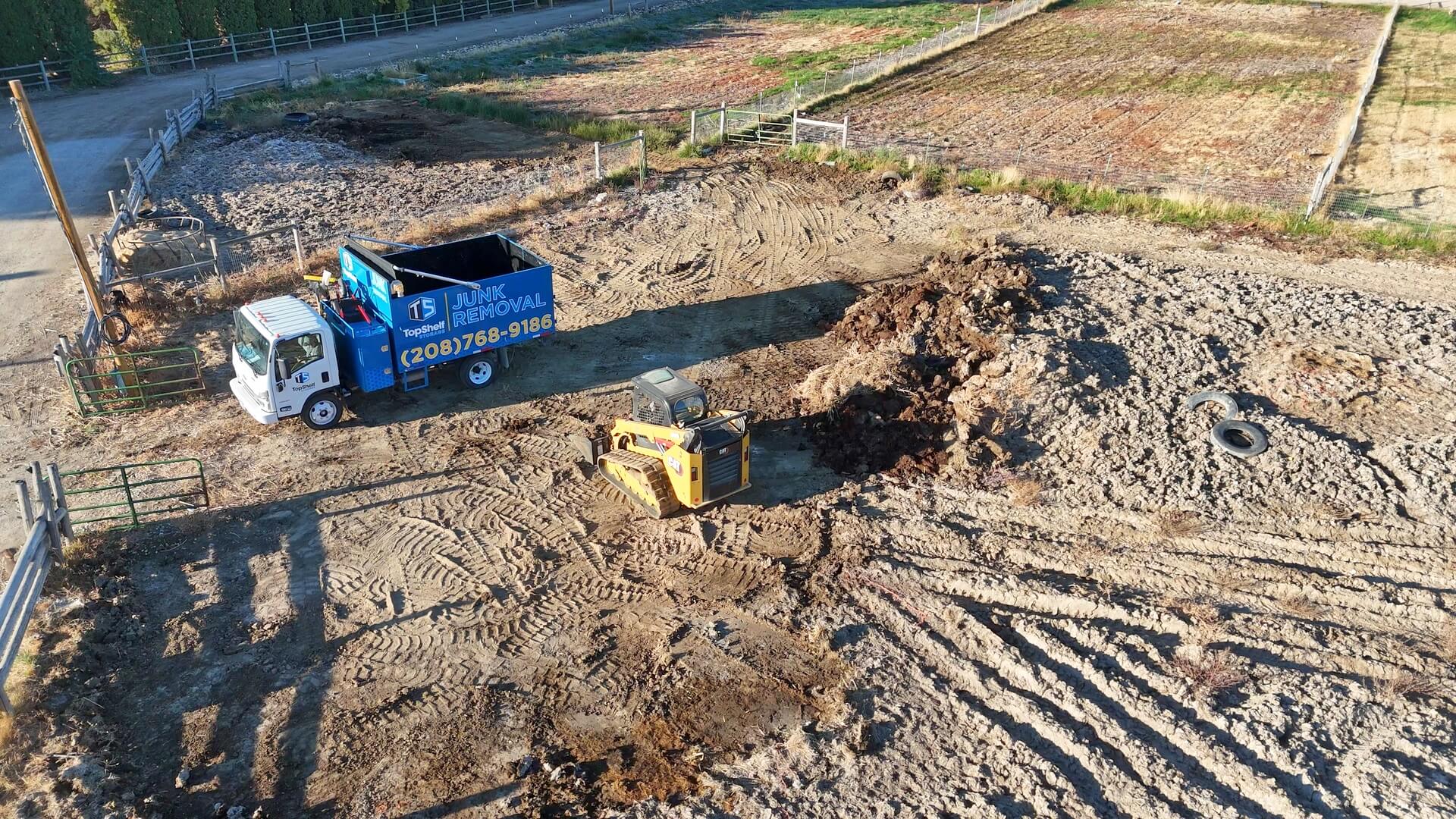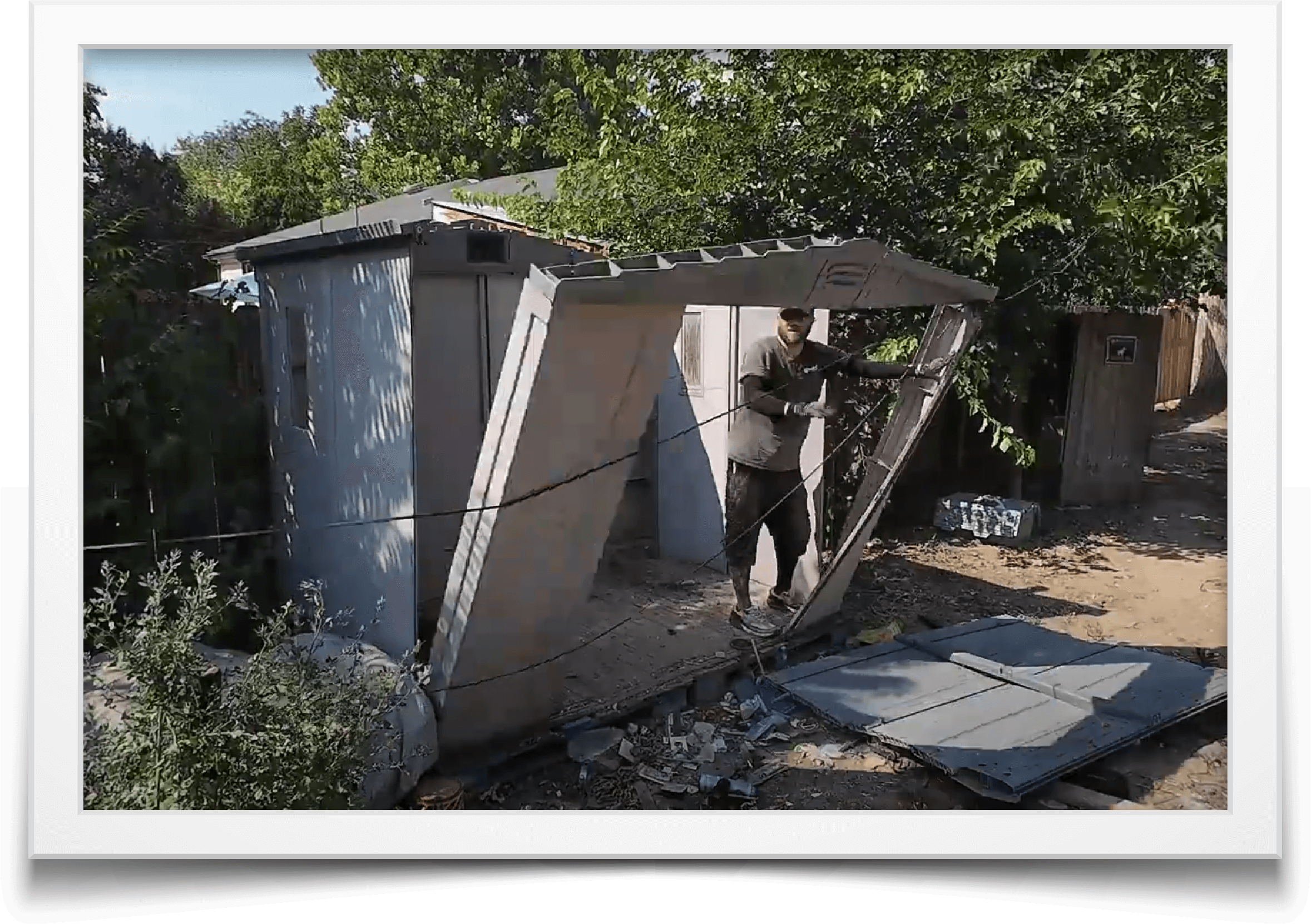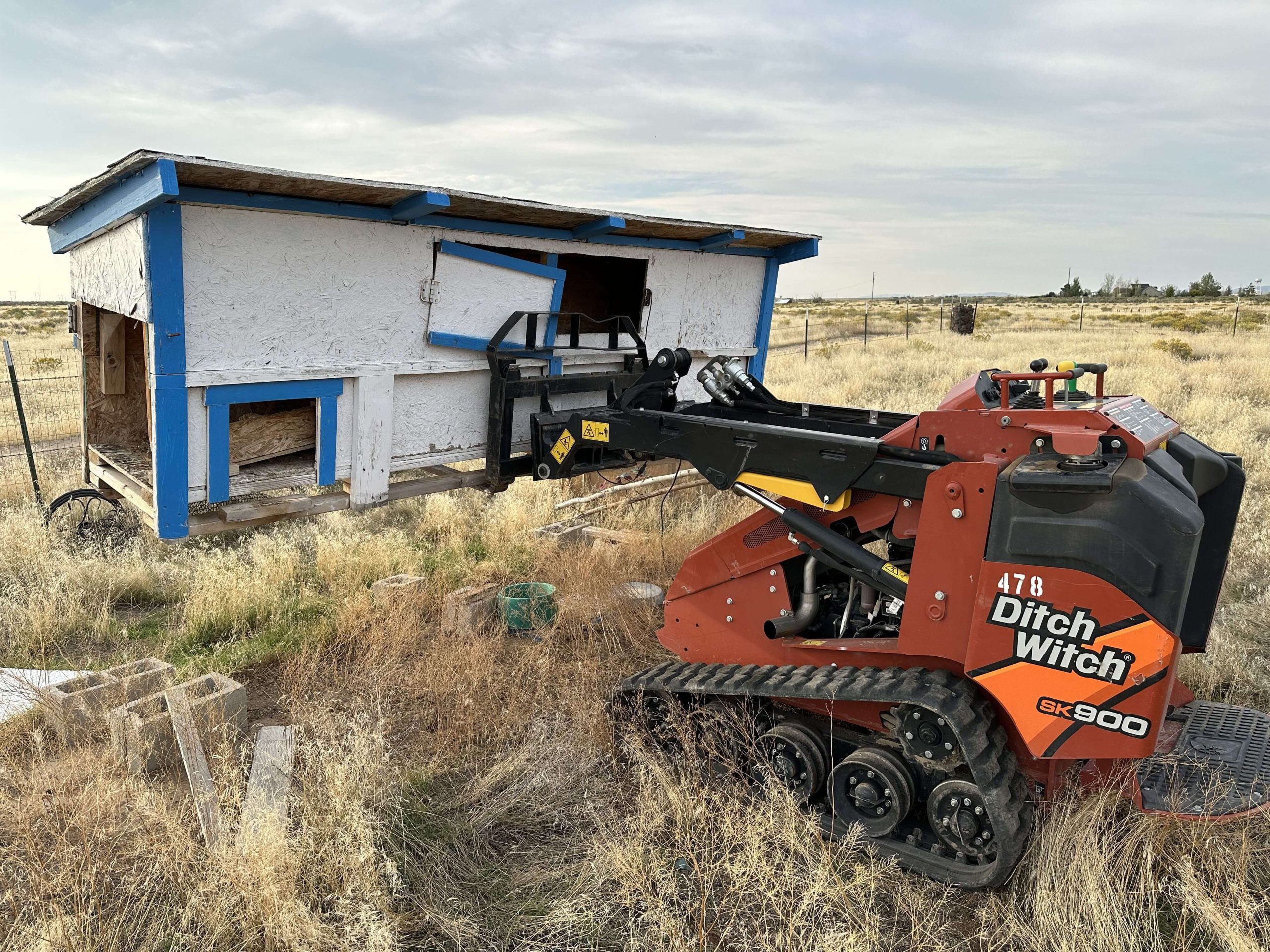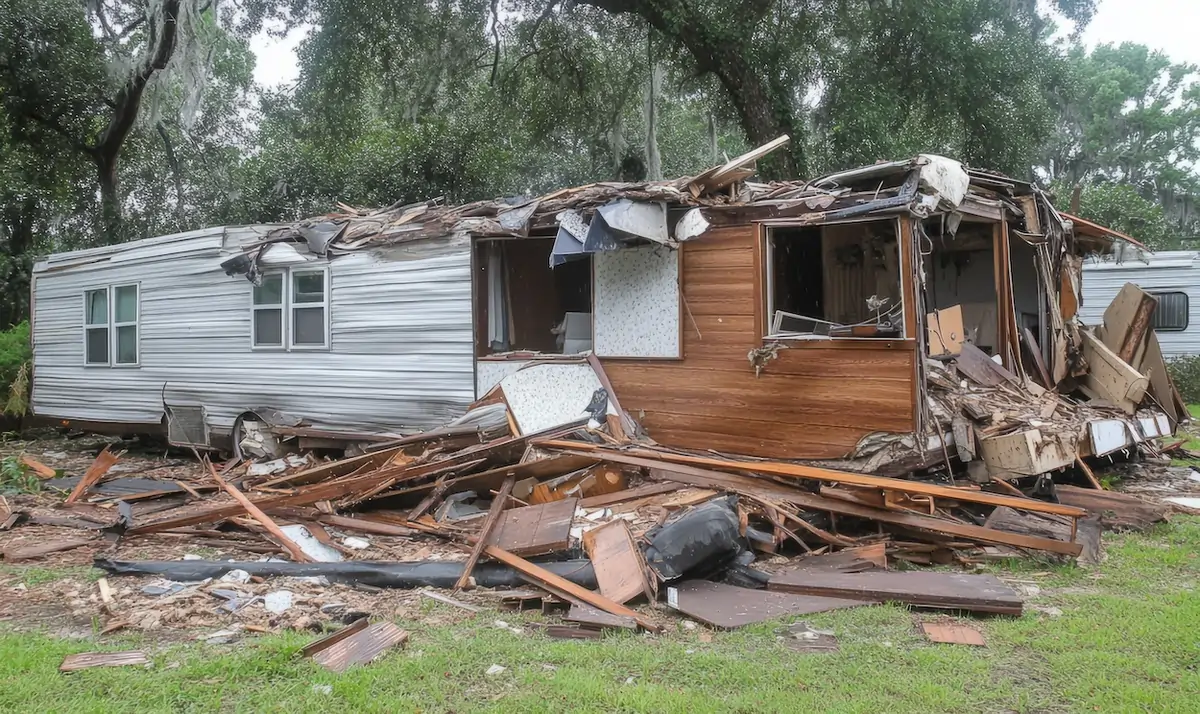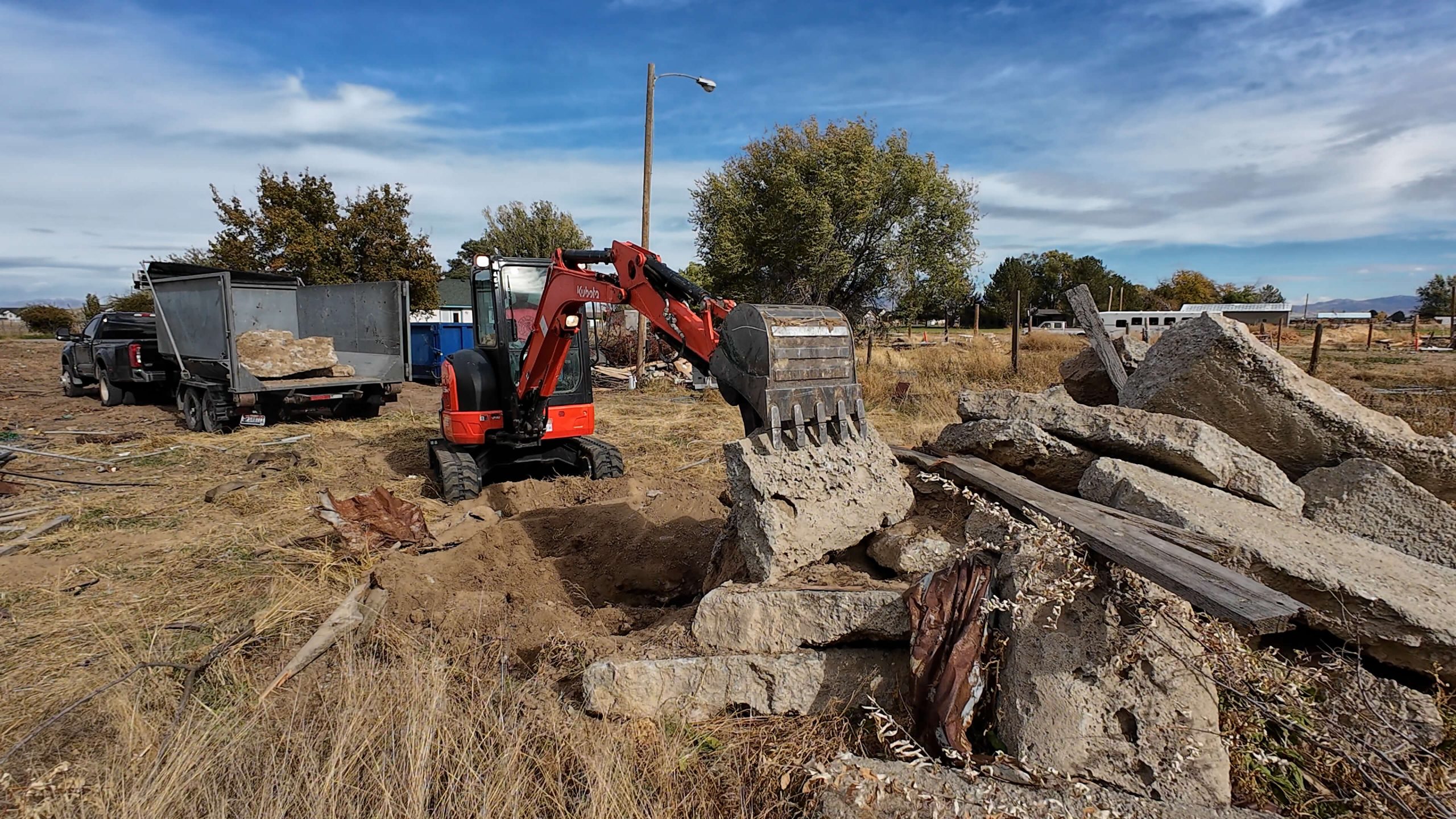At one point, your pool was a status symbol. A backyard oasis. A shimmering blue dream where kids screamed joyfully, cannonballs reigned supreme, and your dog pretended he couldn’t swim but absolutely could.
Fast-forward a decade and now it’s a half-empty, algae-stained liability that eats property value faster than termites on a sugar rush. The filter’s dead. The pump’s older than your car. And don’t even ask what’s floating in the deep end.
So yeah—maybe it’s time. Let’s talk about pool demolition. Or, more honestly, pool liberation. You’re not giving up. You’re taking your yard back.
In-Ground vs. Above-Ground Pool Removal Options
First things first: what kind of watery regret are we talking about?
Above-Ground Pools
These are the easy breakups. You drain it, unbolt the panels, toss the liner, and haul everything out in a truck. If it’s framed in a deck, you’ll need to coordinate some deck demolition too—but overall, it’s a quick cut.
Above-ground pool removal usually takes a day. Two, if your nephew decides to “help.” If it’s sunken or semi-permanent, it might require excavation and a fill-in plan, but nothing that should give you nightmares.
In-Ground Pools
This is where things get heavy—literally. Whether it’s concrete, fiberglass, or vinyl-lined, removing an in-ground pool involves machinery, demolition services, and probably a therapist for your bank account.
You don’t just smash and leave. You need to break up concrete (hello, concrete demolition service), haul debris offsite, fill the hole, compact the soil, and—if you’re smart—grade the yard so it doesn’t turn into a swamp every spring.
It’s not a weekend job. It’s a serious project. One where a decent demolition company can make or break the process (and your lawn).
Full vs. Partial Pool Demolition: What’s the Difference?
Ah, the fork in the road. Two types of pool removal. One’s cheaper. One’s more future-proof. Let’s break it down.
Partial Pool Demolition
Also known as “abandonment in place.” The top portion of the pool shell gets broken down. Holes are punched into the bottom for drainage. Then the whole thing is filled with dirt and compacted.
✅ Pros:
- Cheaper
- Faster
- Less equipment needed
❌ Cons:
- You can’t build over it (legally)
- May reduce future property value
- Could raise red flags during resale
Full Pool Demolition
Every piece of the pool structure—walls, floor, footings—gets removed. It’s a full excavation and removal job. Then the site is filled and compacted for future use.
✅ Pros:
- Clean slate
- Permits full landscaping or even new construction
- More attractive to buyers
❌ Cons:
- More expensive
- Takes longer
- Generates more debris (and more hauling costs)
You might be tempted to go the partial route. Just make sure you understand what that means long-term. Especially if you ever plan to build over the area or sell your home to someone who asks way too many questions.
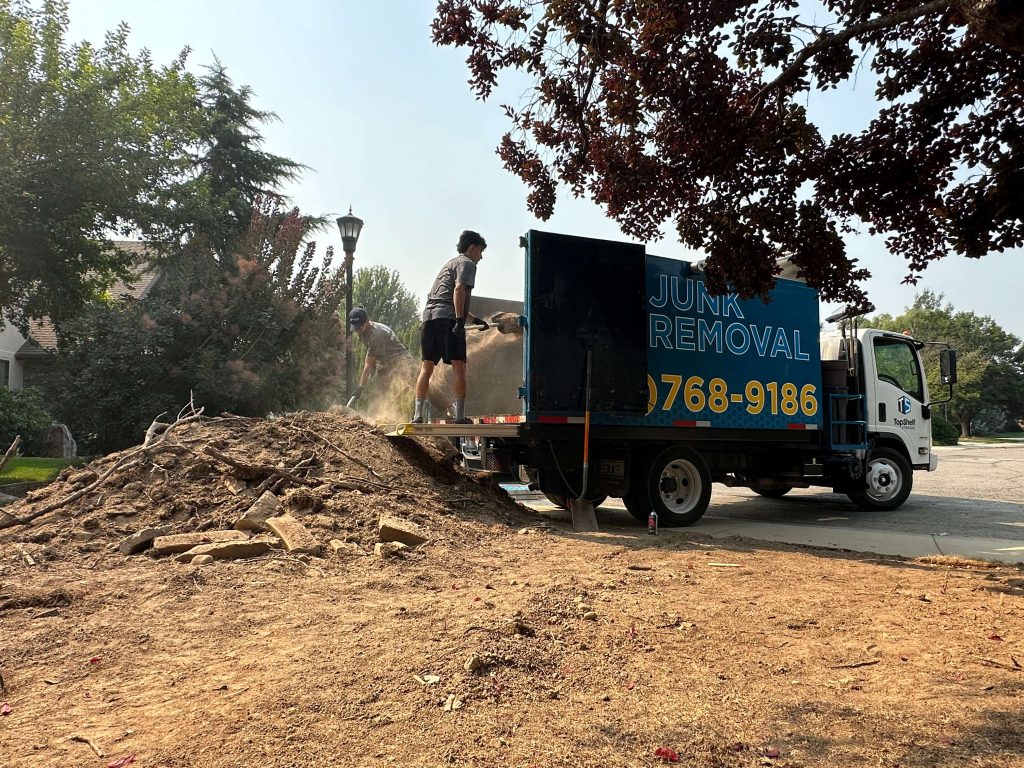
Pool Demolition Costs and Disposal Considerations
Let’s talk money. And yes, it stings a little.
| Pool Type | Average Pool Demolition Cost |
|---|---|
| Above-Ground | $500–$2,500 |
| In-Ground (Partial) | $5,000–$12,000 |
| In-Ground (Full) | $8,000–$20,000+ |
What affects price:
- Pool size and material (concrete = $$)
- Accessibility for equipment
- Whether you want it filled and leveled afterward
- Permit costs in your city
- Debris removal (not just dumping it behind your garage)
Also: if your pool is surrounded by a deck, you’re tacking on deck demolition and removal cost. If it sits on concrete, plan for concrete demolition and removal too. If you live in a city where everything is impossible, you’ll pay more. If you live out in the sticks where the backhoe can roll straight up to the edge of your pool? Congrats. You win the demolition logistics lottery.
The Environmental Side of Pool Removal
Look, no one’s saying your old pool is personally responsible for climate change. But if it’s leaking, draining monthly, and sucking up electricity like a casino—well, you’re not doing the planet any favors.
Why removal helps:
- Reduces water waste
- Cuts power use from pumps/heaters
- Prevents chemical runoff
- Makes space for native plants or gardens
- Stops it from turning into a mosquito spa
Good pool demolition services will recycle the concrete and metal where possible. Ask them. Don’t assume. There’s a huge difference between a contractor who responsibly separates debris and one who just dumps it at the edge of a river and disappears.
Bonus: no more chlorine smell wafting into your house at 8 a.m.
How to Reclaim the Space After a Pool Tear-Out
Now for the fun part. You’ve ripped out the past. You’ve cleared the debris. You’ve got a glorious, awkward pit of promise in your backyard. What now?
Option 1: Lawn & Landscaping
Seed it. Sod it. Garden the hell out of it. Maybe throw in a patio while you’re at it.
Option 2: Build Something
A workshop. A firepit zone. A pergola with that outdoor kitchen you’ve been pretending you’ll use. But remember: if you didn’t do a full pool removal, you might be restricted in what you can build.
Option 3: Do Nothing (for now)
Fill it, compact it, and let it sit. At least you’ve reclaimed the space and stopped hemorrhaging money on maintenance. Even that is a win.
No matter what, that area becomes a blank canvas again. And that’s something a dead pool could never give you.
Last Splash
If your pool isn’t adding joy, it’s taking something away—time, money, energy, resale value, and probably your last nerve. Pool demolition might feel like surrender, but it’s actually the most proactive decision you’ll make all year.
Hire a solid demolition company. Ask about partial vs. full removal. Think about the future of that space. Then pull the plug and don’t look back.
And if your neighbors whisper that you “used to have a pool,” just smile and tell them, “Yeah, but now I have a life.”


